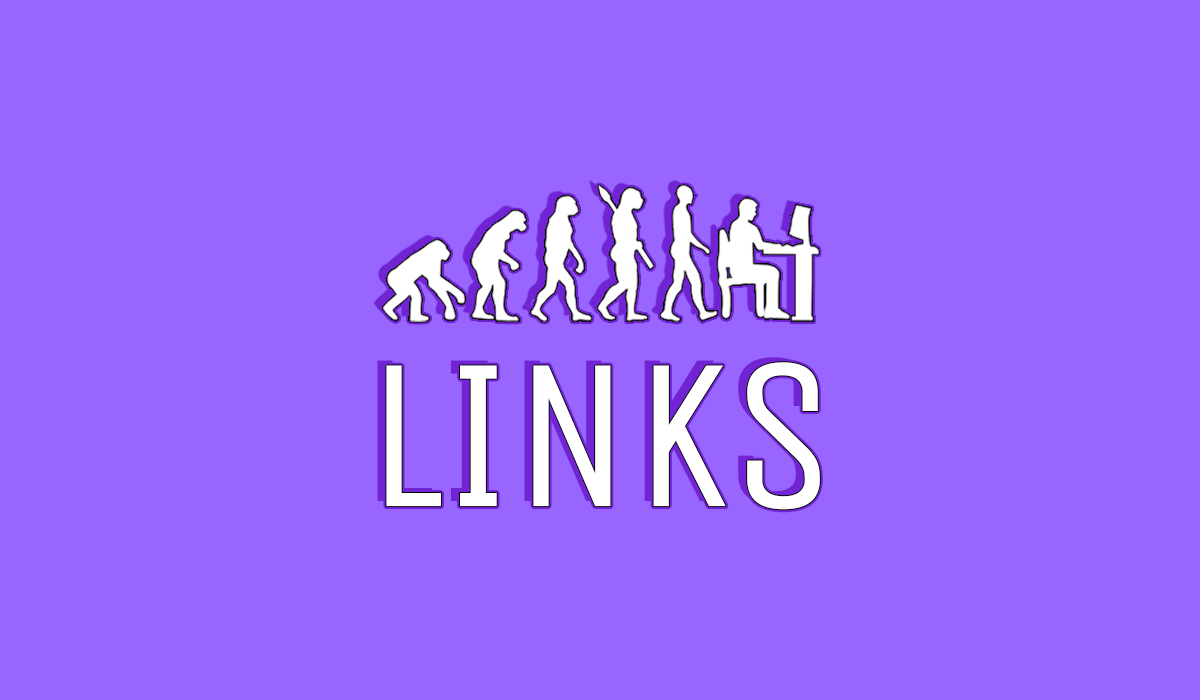LINKS - October 20th, 2022
Welcome to LINKS — my attempt to provide Rhapsody readers with five interesting stories that tell us something about what it means to be human. LINKS is published every Wednesday (except, Thursday this week because life happens). Have a link you want to share? Drop it in the comments.
Siberian cave reveals glimpse into first known Neanderthal family
By Ewen Callaway, Nature
“The discovery of the family — reported on 19 October in Nature — and seven other individuals (including a pair of possible cousins from another clan) in the same cave, along with two more from a nearby site, represents the largest ever cache of Neanderthal genomes. The findings also suggest that Neanderthal communities were small, and that females routinely left their families to join new groups.
“Gleaning insights into kinship and social structure is new territory for ancient-genome studies, which have typically focused on broader population history, says Krishna Veeramah, a population geneticist at Stonybrook University in New York. ‘The fact that we can do this with Neanderthals is incredible.’”
Clumps of human nerve cells thrived in rat brains
By Laura Sanders, Science News
“Over the last decade, scientists have been building increasingly complex brain organoids, 3-D clusters of cells derived from stem cells that grow and mimic the human brain (SN: 2/20/18). These organoids don’t re-create the full complexity of human neurons that develop in an actual brain. But they can be windows into an otherwise inscrutable process — human brain development, and how it can go awry (SN: 9/3/21). ‘Even if they’re not entirely perfect, [these models] are surrogates for human cells in a way that animal cells are not,’ Kriegstein says. ‘And that’s really exciting.’”
Unsung Native Collaborators in Anthropology
“BOAS AND MEAD remain two of history’s most impactful anthropologists, but they did not create knowledge single-handedly. The often-unacknowledged labors of their local research collaborators facilitated the birth of their prominent work and academic success. These collaborators’ initiative, cultural and political awareness, and hard work made them intellectuals in their own right.”
The Universe Is Not Locally Real, and the Physics Nobel Prize Winners Proved It
By Daniel Garisto, Scientific American
“One of the more unsettling discoveries in the past half century is that the universe is not locally real. ‘Real,’ meaning that objects have definite properties independent of observation—an apple can be red even when no one is looking; ‘local’ means objects can only be influenced by their surroundings, and that any influence cannot travel faster than light. Investigations at the frontiers of quantum physics have found that these things cannot both be true. Instead, the evidence shows objects are not influenced solely by their surroundings and they may also lack definite properties prior to measurement. As Albert Einstein famously bemoaned to a friend, ‘Do you really believe the moon is not there when you are not looking at it?’”
How the ‘Black Death’ Left Its Genetic Mark on Future Generations
By Carl Zimmer, The New York Times
“When the Black Death struck Europe in 1348, the bacterial infection killed large swaths of people across the continent, driving the strongest pulse of natural selection yet measured in humans, the new study found.
“It turns out that certain genetic variants made people far more likely to survive the plague. But this protection came with a price: People who inherit the plague-resistant mutations run a higher risk of immune disorders such as Crohn’s disease.”




